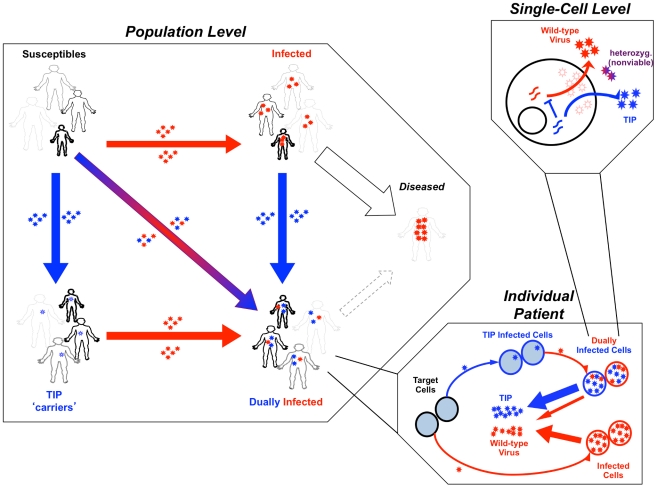Figure 1. Therapeutic Interfering Particle (TIP) intervention modeled at multiple scales.
(Upper right box) Schematic of the sub-cellular level model where TIP genomes (blue) mobilize by ‘stealing’ packaging elements from the wild-type virus (red, e.g. HIV) within a dually infected cell [22]. (Lower right box) Schematic of the in vivo model where TIP (blue) is produced from dually infected cells and reduces wild-type HIV viral set-point [19] within a dually infected individual. (Left box) Schematic of the population model where TIP and HIV transmit between individuals of different sexual activity classes (based on UNAIDS Malawi antenatal clinic data [12]). Boldness of figures represents transmission rate, size of figures represents size of sexual activity class. Smallest but boldest figures represent the superspreaders (the least in number but the highest transmission rate). Largest but lightest figures represent individuals with the lowest transmission rates (the greatest in number). Infection by TIP alone (blue) converts susceptible individuals to into latent ‘carriers’ of integrated TIP genomes [22]. Infection by HIV converts susceptible individuals to individuals who progress to disease in ∼10 yrs. Dual infection generates individuals who progress to disease more slowly. Disease progression and transmission rates are proportional to in vivo viral loads [25].

